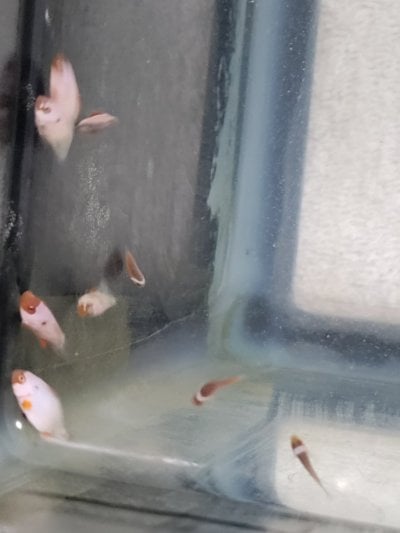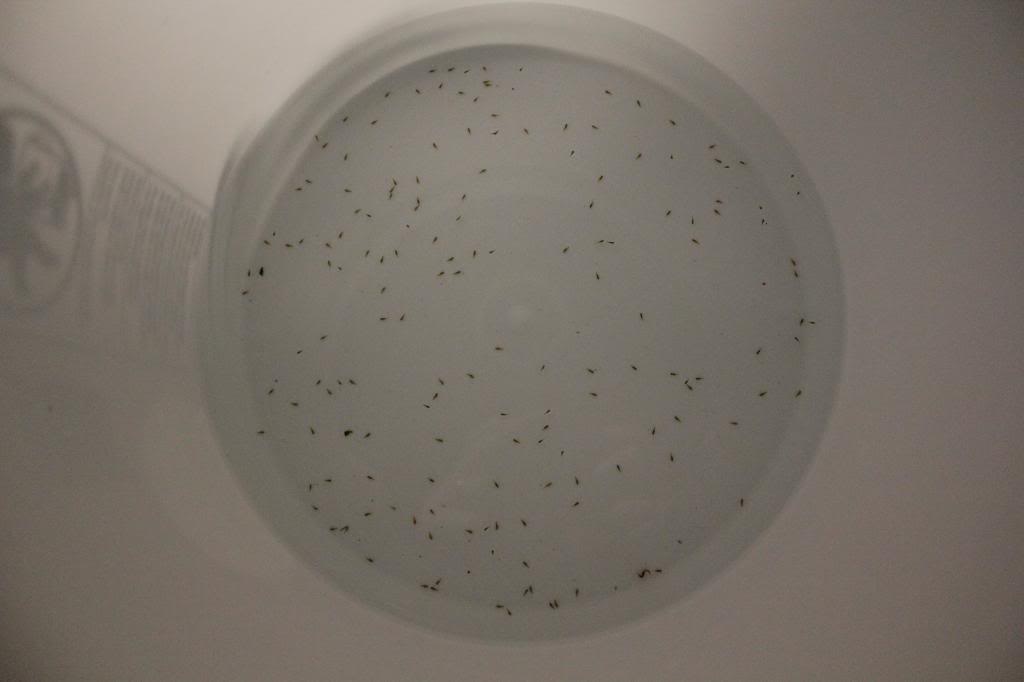Well.. I'll post again ... we are day 15/16 days post hatch, most have metamorphosed except for a few very small ones. All of them save the 3 I lost the first night are still there (unless they decomposed so fast I don't see them in the siphon water during the 2x daily siphon. I do check, very carefully, always. To my eye there are some 30-40 clowns. I don't know if it was my tremendous vigilance, testing, and all the research I did, or that the parents are just good stock. We know the female is since she's WC and 20 years old. Mr. Whitey, the platinum has held his own. Maybe hybrids are stronger, who knows. We are awaiting our second spawn hatch. Time will tell. I don't think any one is is interested, so I'll likely stop posting, but feel free to DM with questions. vid: DPH 14-15
Last edited:




















